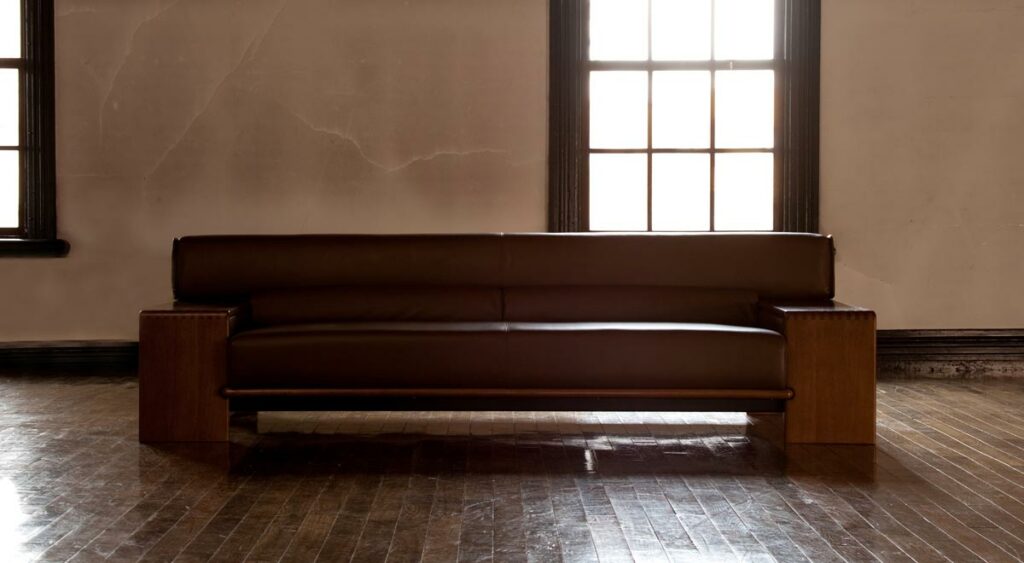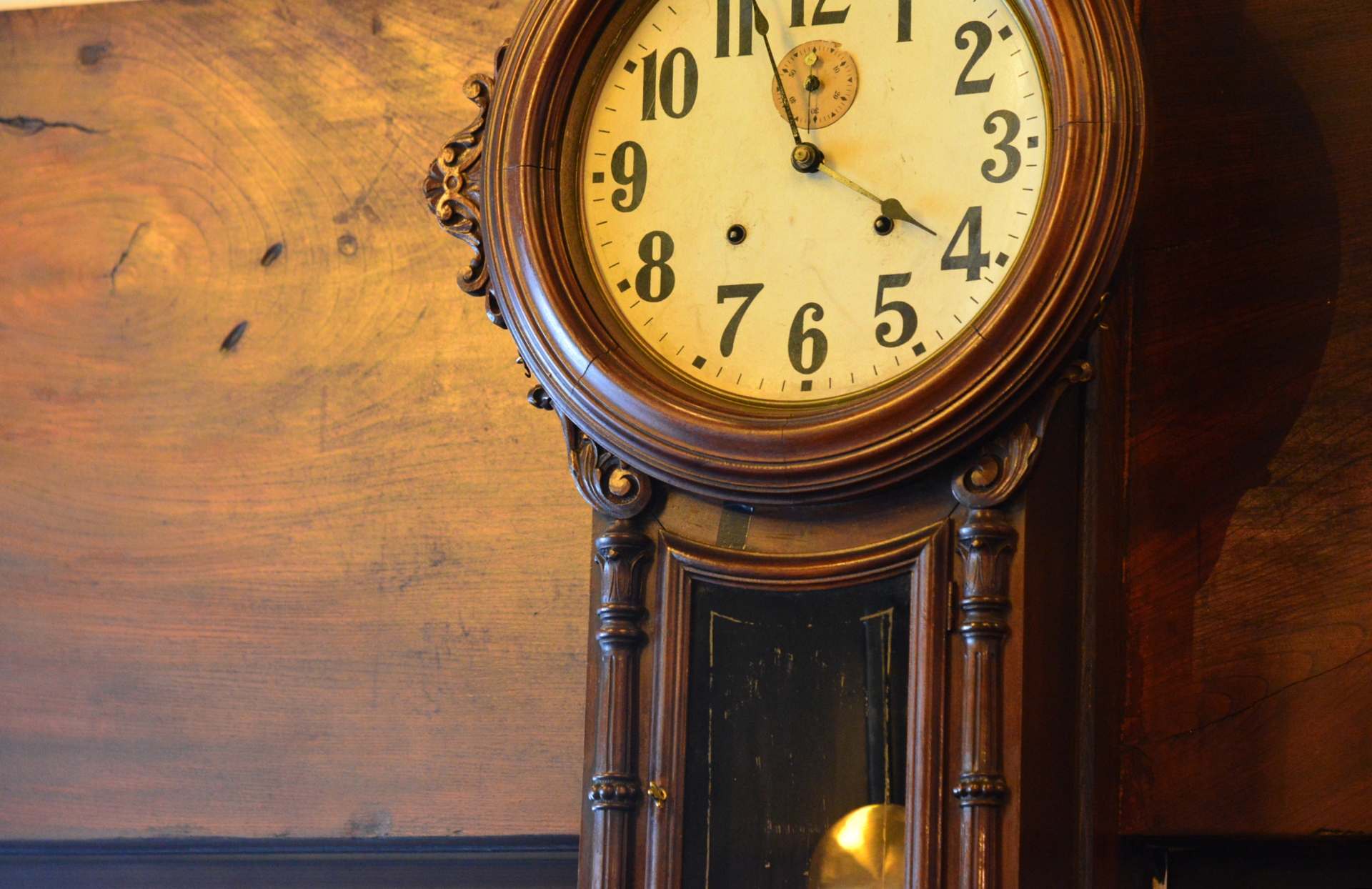It’s safe but boring just to praise classic things
Do you like antiques or vintage stuff? There are many classic cars that I like, but I don’t like motor journalists or car critics who excessively praise classic cars. That’s because I think it’s a boring and too safe move, and believe professional critics should take a risk of evaluating new things without a solid reputation.
Having said that, I like classic cars. I don’t know the clear definition of “classic cars,” but let’s say in this article they’re Japanese sports cars over 25 years. Now, their price is skyrocketing because of the 25-year rule of the US. The rule enables right-hand-drive cars produced more than 25 years ago to be registered in the US. Accordingly, more and more Japanese sports cars in my youth are going across the sea to the US. Nissan GT-R, Mazda RX-7, Toyota SUPRA, etc. are beyond the purse of ordinary people in Japan. This is getting off the track and my personal complaint, though.
Old dents and scratches on antiques are the information attracting interest
Have you considered why we like antiques or vintage stuff? Why are we happy to pay for them and bear with their defects? Many people will never miss even the smallest defects of new products, but they even make much of old dents and scratches on antiques, to the contrary. Although I feel the same as such majority of people, I had always thought it was unfair until then. One day, I found an article by an antique collector, and it answered to my question. According to him, we love antiques because antiques with dents and scratches have much more information.

The pareidolia effect and background stories we imagine
The above reason can be divided into two parts. The first one is the simple matter of appearance, closely related to the pareidolia effect. It’s a phenomenon where a set of three dots looks like a human face or where the Italian peninsula looks like a boot. Old dents and scratches probably enrich the expression of antiques. Another one is caused by our cognitive biases. We can’t see the world without meaning or story. The antique collectors say they enjoy imagining the story of how such old dents and scratches are made.
In that sense, I think our products (wooden furniture) have properties similar to antiques. Of course, we always try to make and provide them in perfect shape by combining our best technologies, but they are made of trees over 100 years old. The trees themselves are sort of antiques, and so, it’s almost impossible to realize a flawless profile out of them. I hope people also enjoy knags, warpage, and aging cracks that may appear in wooden furniture.
Photo Credit: https://timeandtidewatches.com/what-builds-vintage-watch-value-heres-how-to-avoid-totally-destroying-your-watchs-worth/

Shungo Ijima
He is travelling around the world. His passion is to explain Japan to the world, from the unique viewpoint accumulated through his career: overseas posting, MBA holder, former official of the Ministry of Finance.

